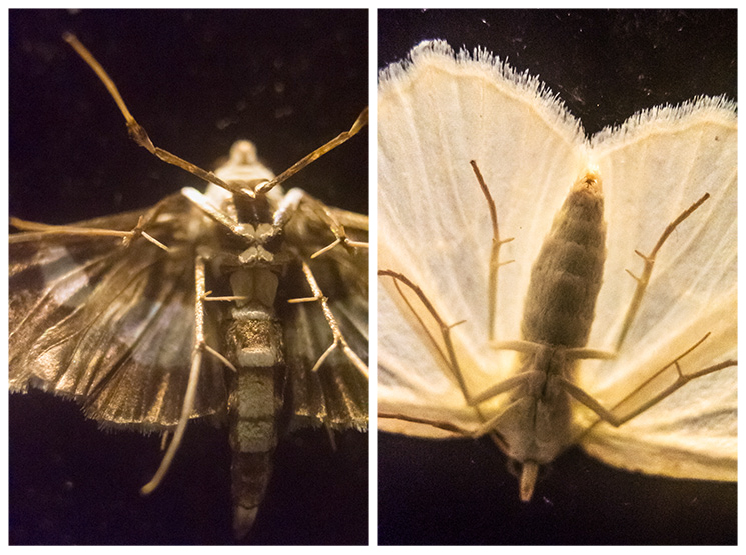
A priori is what you believe you know before you check the facts. A posteriori is what you’ve learned having checked the facts. It’s an interesting comparison. If you know John needs to go to the store for something, and John is nowhere to be seen, then you might conclude John has gone to the store. It’s a reasonable deduction. But it’s not necessarily true. What if John has decided to try borrowing what he needs from a neighbor? A priori reasoning can narrow things down and point to the truth, but it doesn’t eliminate all the other possibilities. To do that, you need to check the facts. You need to call John on his cell phone and ask where he is. On the other hand, you might look up from the book you’ve been reading and see Mary heading out the door. It’s late afternoon, she’s dressed casually, i.e. not in workout, work, or evening out clothes, and she’s got her book bag with her. You can reasonably conclude she’s going somewhere to study. But, you don’t know where. Astute observation can tell you a lot, but it doesn’t tell you everything. You still have to ask questions, and maybe test hypotheses, to nail down all you need to know. “Hey Mary,” you might say. “Heading to the library? Can you drop this one in the slot for me? It’s really boring.” “Sure,” she may respond, and you’ve saved yourself a trip, and maybe a fine, should you set it aside and possibly forget about it. Or, she might say, “Sorry, headed over to Sue’s. She’s my research partner on a paper we’re doing.” And if so, you’re out of luck. But either way, you’ve observed the facts, reasoned a conclusion, then posed a test of your hypothesis to discover what is really true. The point is, if we remain open minded, are thinking, reasoning, and curious about what is happening around us, and honest about what we know and don’t know, healthy human brains come with some remarkable talents for appreciating and adapting to the world we live in. So, you know what a moth is. You know they come out at night. You know they are attracted to light. But, did you know they had feathery things along the trailing edges of their wings? I didn’t. Cool, huh? I wonder what those feathery edges actually do for them? Reasoning from what I already know about aerodynamics, I’d guess they help decrease “drag” by breaking up the air flow over the wing surfaces. But I don’t know for sure. I’d have to ask around, do some reading, or conduct a few experiments. Wouldn’t help in the least to ask the moths. Neither would it help to say to myself, “If God had wanted me to know such things, He would have written it down in the Holy Book.” If there is something special about humans, over any other creature on this planet, it’s that they can ask questions, learn, reason from what is already known, explore, test, and derive new knowledge from the world around them. There is absolutely nothing special about humans if all we do is eat, defecate, misjudge or abuse whatever and whomever is in our vicinity, and fuck to make more humans. Whatever else you do today, take some time to enjoy what’s truly special about being human. |
• Posted: Aug 01, 2015 15:06:37
• Comments Welcome
• Vote CoolPhotoblogs
• Purchase a Print
• Share
Saturday, July 4th, 2015 Bridgman MI USA |